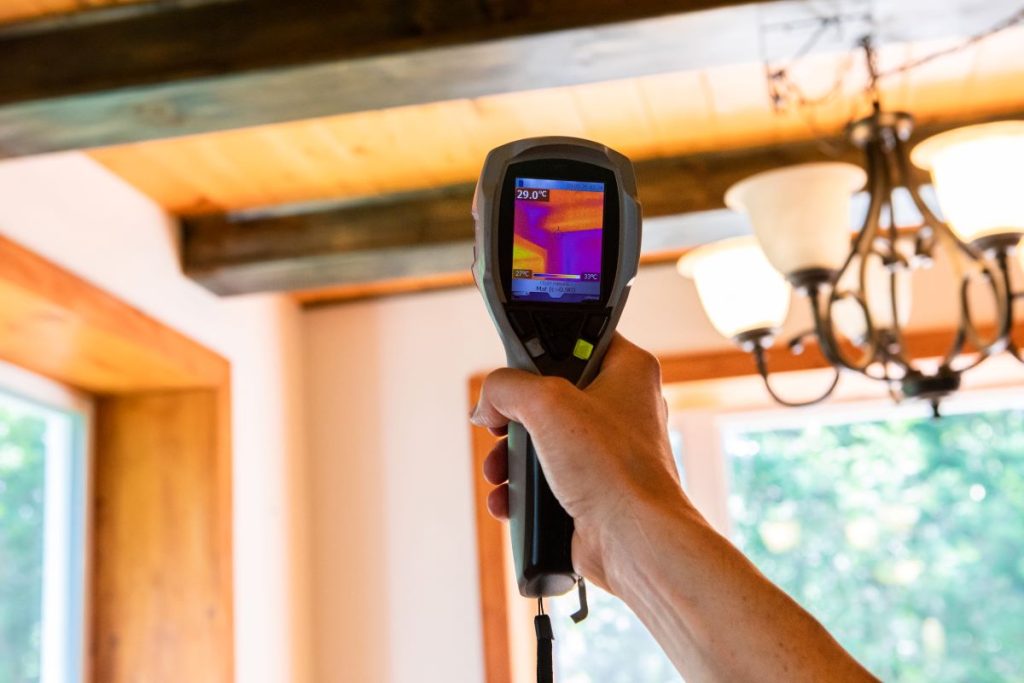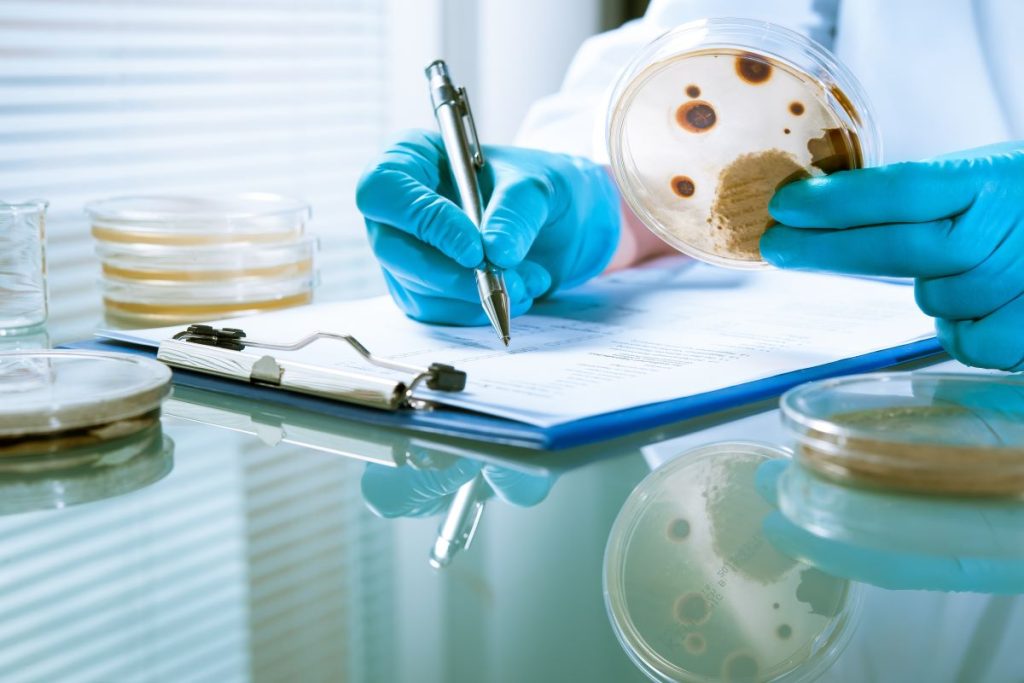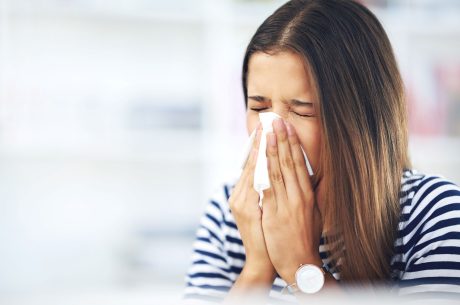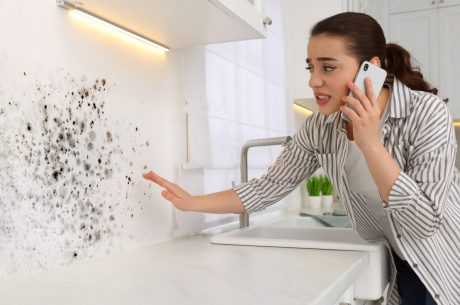Mold in your home or business can be a silent threat, often going unnoticed until it becomes a major problem. Understanding the process of mold inspection and testing is crucial in ensuring a healthy indoor environment. This guide will walk you through how these processes are conducted, the different types of tests available, and how to interpret the results.

The Importance of Mold Inspection and Testing
Mold inspection and testing are essential for identifying hidden mold issues, determining the extent of a mold problem, and developing an effective remediation plan. These processes are especially important in cases of water damage, musty odors, visible mold growth, or health symptoms that suggest mold exposure. If you are experiencing health symptoms it is recommended to visit your primary care physician and inform them that you have been exposed to mold.
What is a Mold Inspection?
A mold inspection involves a thorough examination of your property to detect signs of mold growth and moisture problems. Qualified inspectors use various tools, such as moisture meters and thermal imaging cameras, to locate potential mold infestations without causing damage to your property. The mold inspection could then involve swabbing, air samples of the indoor and outdoor environment, and tape lifts from surfaces.
Key Steps in a Mold Inspection:
Visual Inspection: Inspectors look for visible signs of mold and water damage on walls, ceilings, air conditioning grilles, carpet, clothes, and furniture.
Moisture Assessment: Detecting areas of moisture that could promote mold growth. PuroClean uses equipment such as humidity monitors, thermal cameras, and moisture meters to test any surfaces that are of concern.
Sampling: In most cases, surface or air samples may be taken for further analysis to determine an effective protocol.

Types of Mold Testing
Air Sampling: Tests the concentration of mold spores in the air. This is useful for assessing air quality and detecting hidden mold.
Surface Testing: Involves collecting samples from surfaces to identify the type of mold present.
Bulk Sampling: Involves collecting materials from the property to test for mold.
Analyzing the Results
The collected samples are sent to a laboratory for analysis. The lab report will identify the types of mold present and their concentration levels. High levels of certain mold types can indicate a significant mold issue.
Understanding the Results
Type of Mold: Some molds are more harmful than others. The type of mold identified can determine the urgency and method of remediation.
Mold Concentration: High concentrations of mold spores can impact indoor air quality and health. Many symptoms from mold are similar to allergy symptoms and can include but not limited to headaches, sneezing, runny nose, itchy eyes, irritated skin, and more.
Comparison with Outdoor Levels: Indoor mold levels are compared with outdoor levels to determine if there is an unusual mold problem.
What Comes After Testing?
Based on the results, a mold remediation plan is developed. This plan will outline the steps necessary to remove the mold safely and prevent future growth. It’s crucial to address not only the mold but also the source of moisture that allowed it to grow.
What Happens After Mold Remediation Is Done?
After a licensed mold remediator like PuroClean of New Port Richey completes the mold remediation per the inspection protocol a clearance test is then undergone to insure that all remediation efforts were effective. This clearance test is taken by a third party mold assessor and cannot be conducted by the company doing the mold remediation work.
Mold inspection and testing are critical steps in ensuring the safety and well-being of your indoor environment both before and after remediation takes place. By understanding how these processes are conducted and interpreting the results, you can take informed actions to maintain a healthy living or working space.



